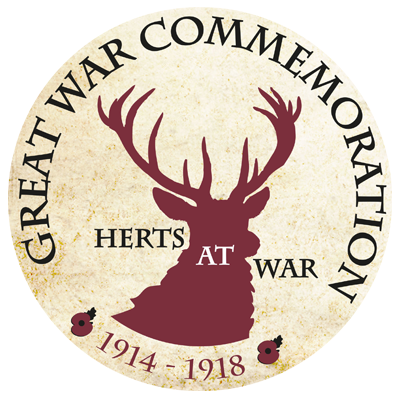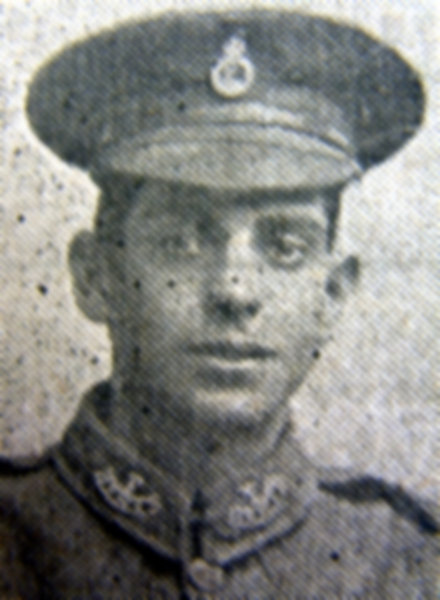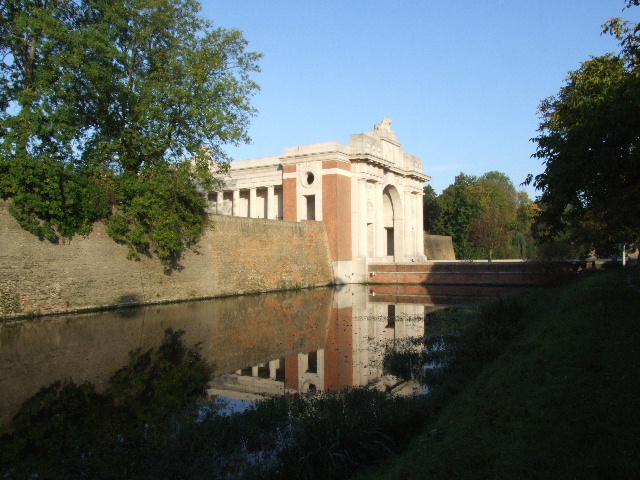Name
(Harry) Gordon Garrod
1893
Conflict
First World War
Date of Death / Age
31/07/1917
23
Rank, Service Number & Service Details
Serjeant
265126
Hertfordshire Regiment
1st Bn.
Awards: Service Medals/Honour Awards
1914 (Mons) Star, British War and Victory Medals
Cemetery/Memorial: Name/Reference/Country
YPRES (MENIN GATE) MEMORIAL
Panel 54 and 56.
Belgium
Headstone Inscription
NA
UK & Other Memorials
Stevenage Old Town Memorial,
St Nicholas' Church Memorial, Stevenage Old Town,
Holy Trinity Church Memorial Roll of Honour, Stevenage Old Town,
Educational Supplies Association factory Roll of Honour, Stevenage,
4 Co' Hertfordshire Reg' Territorials’ Memorial, Hitchin,
Hertfordshire Regimental Memorial, All Saints Church, Hertford
Pre War
Harry Gordon – just Gordon withing the family - was born in 1893 in Halstead, Essex. His parents were Jethro and Sarah Garrod.
In 1901 the family were living at Southsea Road, Stevenage. Present were both parents: Jethro (40) and Sarah (36), with Jethro working as a carpenter. Their children were: Frank(16), Percy (13), Gordon (Harry Gordon, 7), Richard (3) and Maud at 1 month.
In 1911 the family address was recorded as No 14 Southsea Road, Stevenage, Herts. Present were both parents, Jethro working as a carpenter in school furnishing. Of the above children Percy was absent, Gordon was 17 and working as an office boy in school furnishing. The census recorded his parents had been married for 26 years with 5 children, all living.
Before the war both Jethro and Gordon worked in the Educational Supplies Association factory.
Officially he was recorded as born in Halstead, Essex, and was living in Stevenage when he enlisted there.
Wartime Service
Additional Information
After his death £20 19s 6d pay owing was authorised to go to his mother Sarah on 30 January 1918. Later, a war gratuity of £17 was authorised to be paid to her on 7 November 1919.
His pension cards record Sarah Garrod as his mother and as his dependant, living at 5 Holmsdale Terrace, Stevenage. She was awarded a pension of 7s a week from 26 March 1918.
Acknowledgments
Paul Johnson, David C Baines, Jonty Wild



